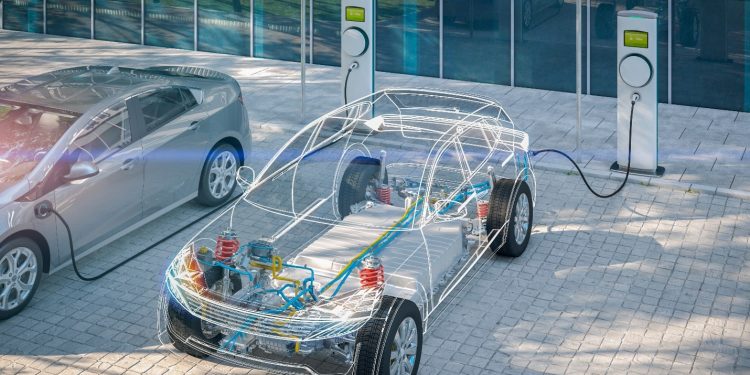East Africa is experiencing a remarkable acceleration in its journey towards embracing electric vehicles (EVs) as a viable and sustainable mode of transportation. As governments, businesses, and consumers across the region recognize EVs’ environmental and economic benefits, the transition is gaining momentum. This article delves into the key factors driving this transition and explores the challenges and opportunities ahead.
Policy Support and Regulatory Initiatives
Governments in East Africa are taking proactive steps to promote the adoption of electric vehicles through policy support and regulatory initiatives. Incentives such as tax breaks reduced import duties, and investment in charging infrastructure encourages consumers and businesses to switch to EVs. Notably, Kenya’s ‘National Automotive Policy’ focuses on reducing carbon emissions, which aligns with the global push for cleaner transportation alternatives.
Growing Charging Infrastructure
One of the critical hurdles in EV adoption is charging infrastructure. However, East Africa is witnessing significant progress in this area. Governments and private entities are collaborating to establish a comprehensive charging station network, alleviating range anxiety for potential EV users. Innovative solutions, including solar-powered charging stations and battery-swap systems, are being explored to overcome the challenges of limited access to electricity in certain regions.
Economic Advantages and Job Creation
The transition to electric vehicles is environmentally beneficial and holds economic advantages for East African nations. As the demand for EVs rises, opportunities for local manufacturing, assembly, and maintenance of EV components increase. This shift contributes to job creation and skill development, fostering a self-reliant automotive industry while reducing reliance on imports.
Collaborations and Partnerships
Partnerships between governments, international organizations, and private sector entities are crucial in expediting the EV transition. Collaborations with established EV manufacturers and technology providers enable East Africa to access the latest advancements in electric mobility. Additionally, knowledge-sharing platforms and capacity-building initiatives facilitate the transfer of expertise and best practices, ensuring a smoother transition.
Addressing Challenges and Ensuring Inclusivity
While the progress towards electric vehicles in East Africa is promising, challenges remain. Affordability, limited access to electricity in rural areas, and the disposal of lithium-ion batteries require careful consideration. To ensure inclusivity, solutions must be tailored to accommodate diverse socioeconomic backgrounds. Strategies such as pilot programs for affordable EV models, battery recycling schemes, and investments in renewable energy infrastructure are essential to address these challenges effectively.
Conclusion
East Africa’s transition to electric vehicles is rapidly gaining momentum, driven by policy support, growing charging infrastructure, economic incentives, collaborations, and a commitment to address challenges inclusively. While the road ahead may have obstacles, the region’s collective efforts propel it towards a cleaner, more sustainable transportation future. With strategic partnerships and innovative solutions, East Africa is poised to become a global electric vehicle movement leader.





